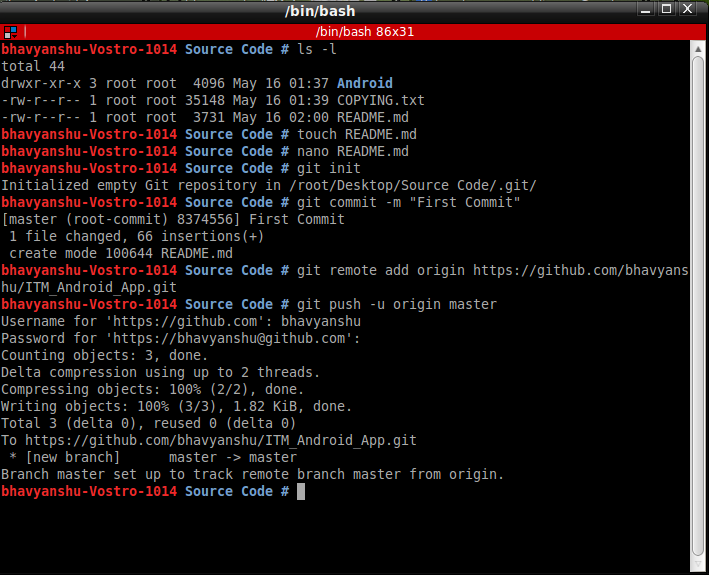

If you must specify the group, then add the group first: $ groupadd 10600 You will get the error "useradd: group '10600' does not exist," and the system won't create the account. For example, if you enter the following command: $ sudo useradd -u 10600 -g 10600 -G sysadmin,helpdesk jdoe If you want to specify the primary group with the -g switch, the group must already exist. The following command allows the system to pick the UID and primary GID from the next available number but adds user jdoe to the sysadmin and helpdesk groups: $ sudo useradd -G sysadmin,helpdesk jdoe Be sure to list all secondary groups after the -G switch, separated by commas with no spaces. Traditionally, administrators wanting to add a user to non-primary groups do so at account creation, using the useradd tool with the -G switch. The following is the user list from /etc/group: khess:x:1000:

I don't have to worry about it.īut what if your policies are different concerning user and group information? It's possible that your company wants UIDs and GIDs assigned based on employee ID or some other unique identifier (Hopefully not Social Security Number, although I have seen this number used in practice.) Or, what if you want to assign specific GIDs based on roles rather than adding users to a GID in /etc/group? Well, it's easy enough to do any of this with the useradd command from my previous article on this topic, which covered user account management basics. The UID and GID always match to keep things organized: khess:x:1000:1000:Ken Hess:/home/khess:/bin/bash

To further test this assertion, assign a test user account with 0 for the UID and GID, and that user is now root, regardless of the account name.Īs you can see from the list below, user accounts are (as stated earlier) assigned UID and GID in numerical order from 1000. It's not the name, but the UID and the GID that give the administration account its power. This account has no more power than any other user account on the system. If you don't believe me, rename the root account to goonygoogoo, or whatever you choose, and then create a new user account named root, allowing the system to assign the next available UID and GID to it. These numbers are what give the root account its overwhelming power. The root account has the awesome privilege of having UID = 0 and GID = 0. As a Linux administrator for more than 20 years, I've never personally run out of those first 999 system account numbers. This theory is based on the assumption that 999 account numbers minus a few pre-assigned ones will be more than enough to satisfy most systems for many years. The theory behind this arbitrary assignment is that anything below 1000 is reserved for system accounts, services, and other special accounts, and regular user UIDs and GIDs stay above 1000.
#Gid linux download
Download RHEL 9 at no charge through the Red Hat Developer program.


 0 kommentar(er)
0 kommentar(er)
